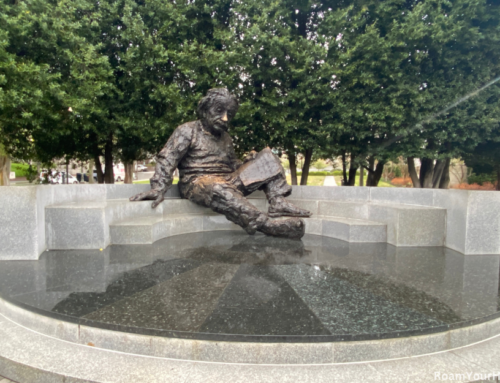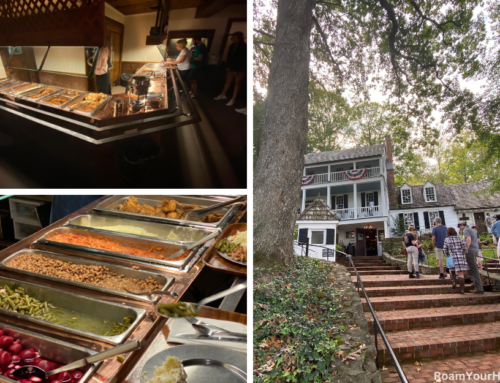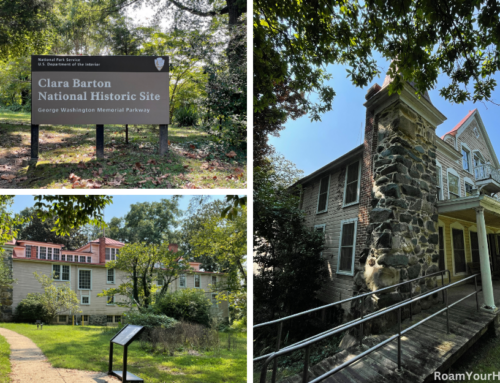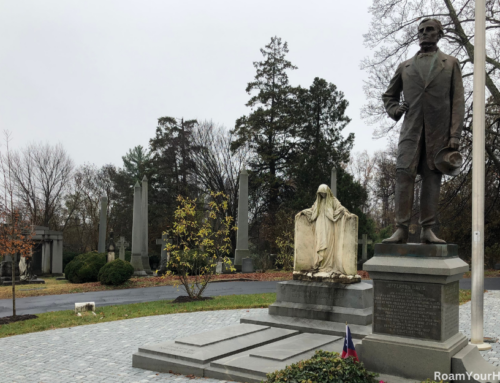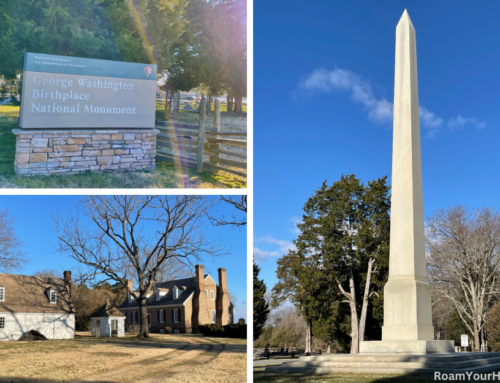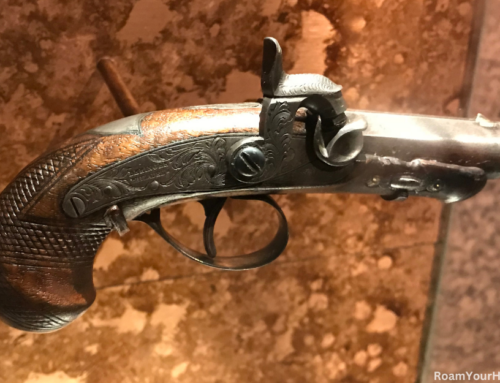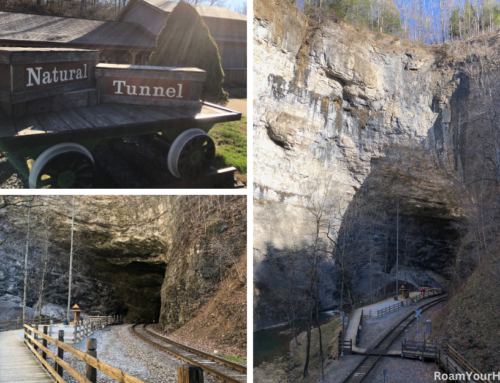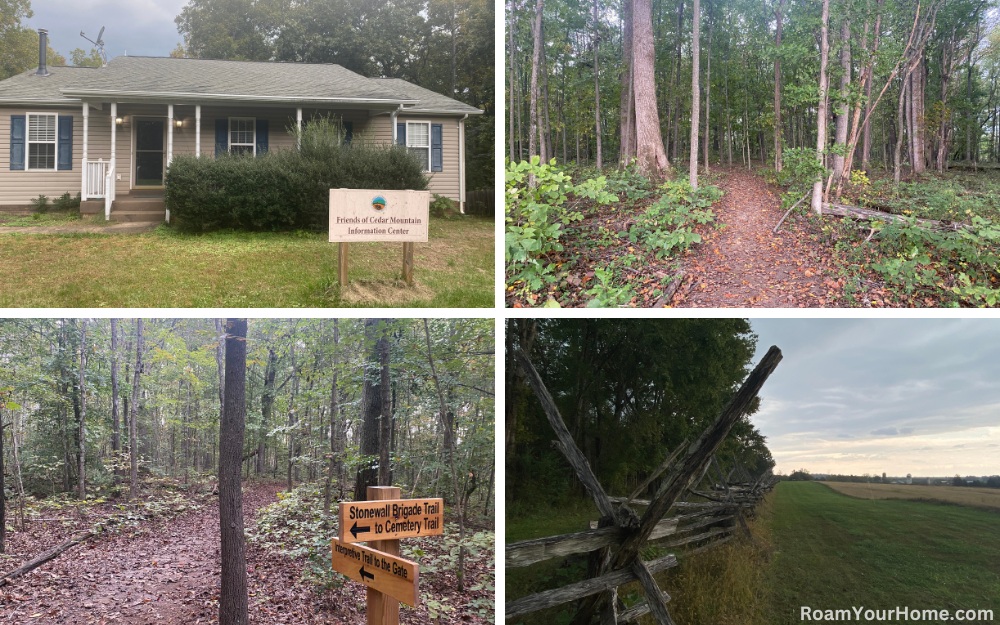
Cedar Mountain Battlefield: Following in Stonewall Jackson’s Bootprints
The Cedar Mountain Battlefield is about 15 minutes southwest of Culpepper, Virginia, along US 15 or the James Madison Highway.
The Battle of Cedar Mountain was fought on August 9th, 1862. It marked the first serious fight between the Confederate Army of Northern Virginia and the newly established Army of Virginia commanded by Union General John Pope.
Pope, who assumed command of the Army in late June, was disliked in Virginia and by his own men. He gave a speech after he arrived in Virginia, saying, “I come to you from the West, where we have always seen the backs of our enemies; from an Army whose business it has been to seek the adversary and beat him when he was found, whose policy has been attack and not defense.” A fellow officer later wrote of Pope, “I don’t care for [him] a pinch of owl dung.”
Pope’s Offensive
During the summer of 1862, Lee’s Army of Northern Virginia had considerable success against the Union Army of the Potomac. General Pope had been instructed to organize an offensive. Its first goal was to capture the railroad hub at Goradonsville, Virginia, which was seen as the prime spot for launching a new assault on Richmond.
Lee was not about to stand ideally by and let this happen. He split his army, sending General Thomas “Stonewall” Jackson and 24,000 men to stop the advance. They would meet near Culpepper.
General Nathaniel P. Banks was in Pope’s army’s vanguard. Jackson ordered an attack on Banks’s men before the rest of the Union force could organize.
“Banks is in our front and he is generally willing to fight. And he generally gets whipped.” – General Thomas “Stonewall” Jackson
Banks was eager to fight, looking for revenge for a previous defeat at the hands of Jackson at the Battle of Winchester on May 25, 1862. “My command did not want to back out. We had backed out enough.” Later, said Banks.
The Battle of Cedar Mountain would go against conventional wisdom that the Confederacy was always outnumbered. The Confederacy brought more than 16,000 men to fight against the 8,000 Union soldiers at Cedar Mountain.
The Battle of Cedar Mountain Begins
It was unseasonably hot on the day of the battle, nearing the triple digits. Jackson’s men were exhausted after an arduous march. “[The sun’s] burning rays stung and blistered our unprotected and upturned faces with all the fervor of a mustard plaster.” Noted William F. Goodhue, a private with the 3rd Wisconsin Infantry regiment.
Despite the Confederacy’s superior numbers, they were nearly routed. Union brigades surged across fields during the battle to meet the Confederates formed along the road, fence lines, and in the woods.
Jackson rallies his troops
About halfway through the battle, Jackson’s flank began to crumble. Seeing this, Jackson rode his horse into the center of the storm, taking fire from three sides and drawing his sword to rally his troops. This would be the only battle in which Stonewall Jackson drew his sword. “The escape of Jackson from death was miraculous. He was in the thickest of the combat.” one witness reported. The revered general stopped the panic and restored order long enough for General A.P. Hill to arrive with a successful counterattack. As the sun set on the battlefield, the Confederates were victorious. Jackson later referred to the battle as the “most successful of [his] exploits.”
We visited the battlefield on a warm and extremely sticky fall afternoon. It was the hottest part of the day, and I imagined it felt much like it did that August day in 1862. We pulled into the visitor center parking lot, off General Winder Rd, which was named after a Confederate General killed during the battle.
We hopped on a trial, reading interpretive signs as we walked along. I was surprised by how well the battlefield is preserved. While the whole battleground is not protected, it was nice to learn that the wheat field where some of the bloodiest fighting occurred was protected. “I bet this looks much the same as it did when the battle happened,” my wife said as we stared at the split rail fence and the mowed-down wheat field.
I said excitedly to my wife, heading back along the Stonewall Brigade Trail. “This is incredible. Can you imagine? We are walking in the footprints of Stonewall Jackson.” As we made it back to the car, we were both excited. We stopped and were pleasantly surprised by the area’s significant history, which I believe is often overlooked.
Battle of Cedar Mountain Interesting Facts
The battle is not nearly as famous as larger ones, fought later in the war, such as Antietam or Gettysburg. But it does have several historical facts that I find fascinating.
The battle would be the 46th Pennsylvania Infantry’s bloodiest day after it charged Stonewall Jackson. More than 500 men ran across a wheat field, 244 were lost.
The battle would be Clara Barton’s first field duty. Barton had earlier cared for the wounded from the First Battle of Bull Run in Washington D.C., But this would be her first actual time in the field. Barton arrived on August 13 and spent two days on the battlefield helping the wounded, including Confederate prisoners.
As I mentioned earlier, this was the only battle in which Stonewall Jackson drew his sword. It’s said the scabbard was rusted to the blade. Cedar Mountain would also be the last battle Stonewall Jackson commanded.
Cedar Mountain marked the first time photos of dead horses were taken on an American battlefield.


